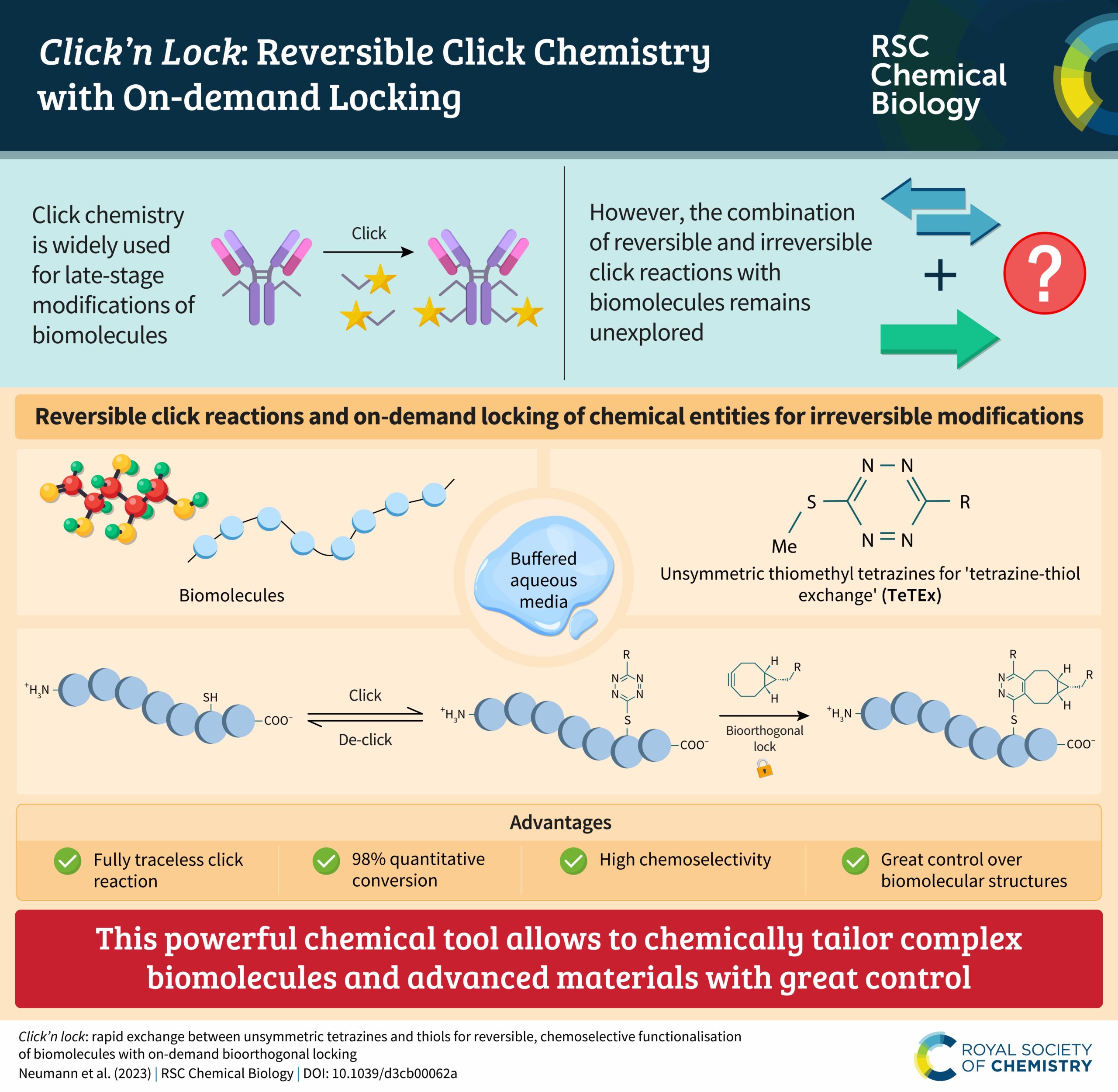Welcome to the team Sander!

We’re excited to introduce Sander van Kasteren as our new Associate Editor. His ground-breaking work in chemistry and immunology brings a wealth of expertise and innovation to our editorial team.
Bridging Chemistry and Immunology
Sander’s research connects the dots between chemistry and immunology, focusing on understanding early immune reactions. His innovative methods for studying antigen presentation and T-cell activation are making waves in the scientific community.
Academic Journey
Starting as an organic chemistry student in Edinburgh, Sander’s journey led him to Oxford and the lab of Prof Benjamin G. Davis. There, he contributed to MRI and histological probes for detecting early brain inflammation. His expertise grew under Prof Colin Watts in Dundee, where he worked on protease inhibitors for better antigen cross-presentation.
Leadership and Recognition
In 2012, Sander founded his own group at Leiden University and later joined the Institute of Chemical Immunology, where he’s a board member. His remarkable contributions have earned him fellowships, grants, and awards, including the 2012 Early Career Investigator Award from the British Biochemical Society.
Associate Editor Role for RSC Chemical Biology
Now, Sander van Kasteren takes on a new role as our Associate Editor, bringing his expertise to our publication. We’re thrilled to welcome him and look forward to the valuable insights he’ll bring to our community.
RSC Chemical Biology is now indexed in the Directory of Open Access Journals (DOAJ), PubMed Central, Scopus and Web of Science: Emerging Sources Citation Index. Find out more about the journal and submit your work at rsc.li/rsc-chembio
Royal Society of Chemistry










